Museum Of The Bible: 15 Amazing Facts Of The Uniqueness of the Best Place To Visit.

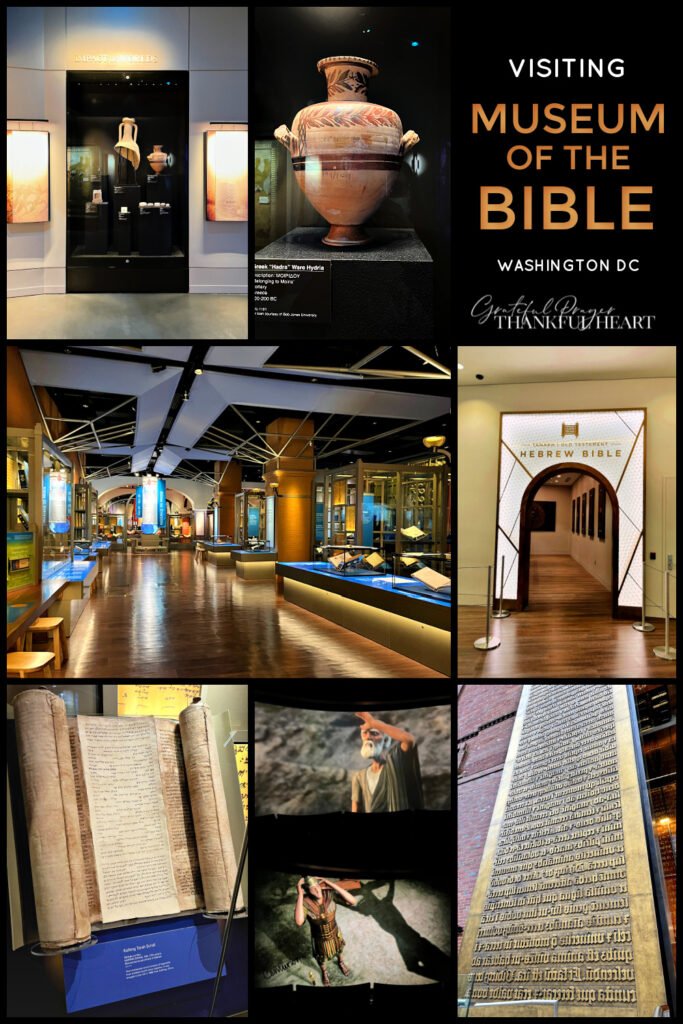
Museum Of The Bible:
The Museum of the Bible, located in Washington, D.C., stands as a beacon of cultural and historical significance, offering visitors a unique journey through the various facets of the biblical narrative. Spanning across 430,000 square feet, this museum is not just a repository of religious artifacts; it is an immersive experience that combines technology, education, and a rich collection to engage visitors in the exploration of one of the world’s most influential texts.
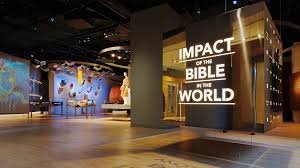
Amazing Facts of the Museum Of The Bible:
The Museum Of The Bible, opened in November 2017, is situated just a few blocks from the U.S. Capitol, making it easily accessible for both tourists and locals. The exterior of the building is adorned with intricate patterns inspired by ancient Hebrew scriptures, creating a visual representation of the museum’s dedication to the preservation and celebration of the Bible’s cultural heritage.
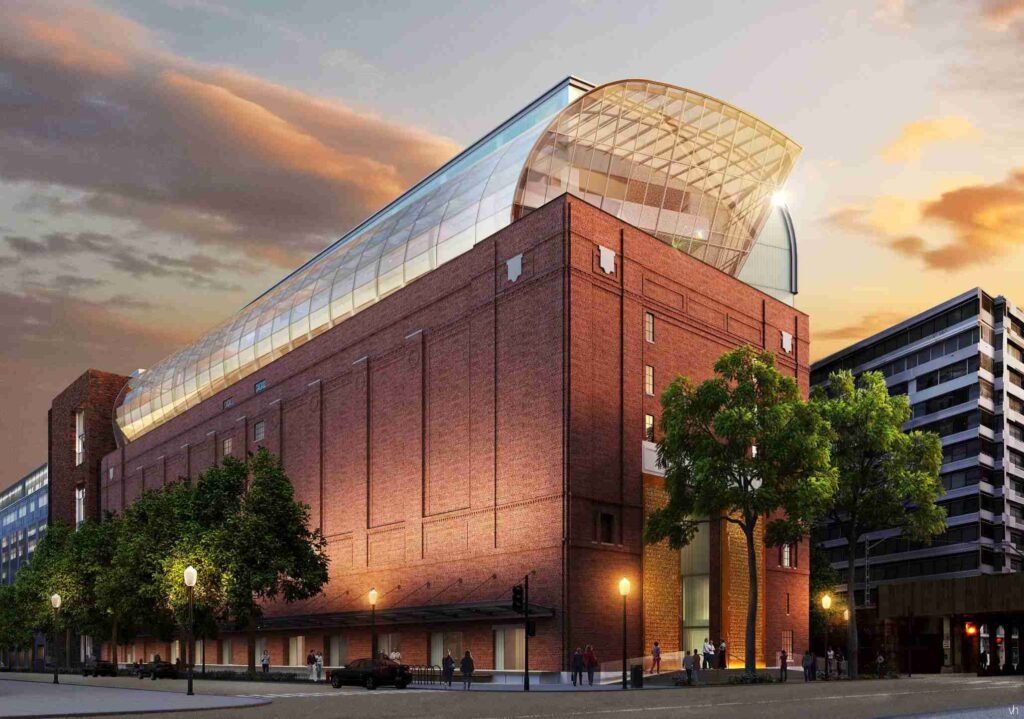
Upon entering, visitors are greeted by a soaring three-story atrium, setting the tone for the grandeur that lies within. The museum is organized into several thematic sections, each designed to provide a comprehensive understanding of the Bible’s historical, cultural, and literary significance. One of the key features of the Museum Of The Bible is the 140-foot LED ceiling, displaying vibrant images and biblical verses that change throughout the day, creating a dynamic and visually stunning environment.
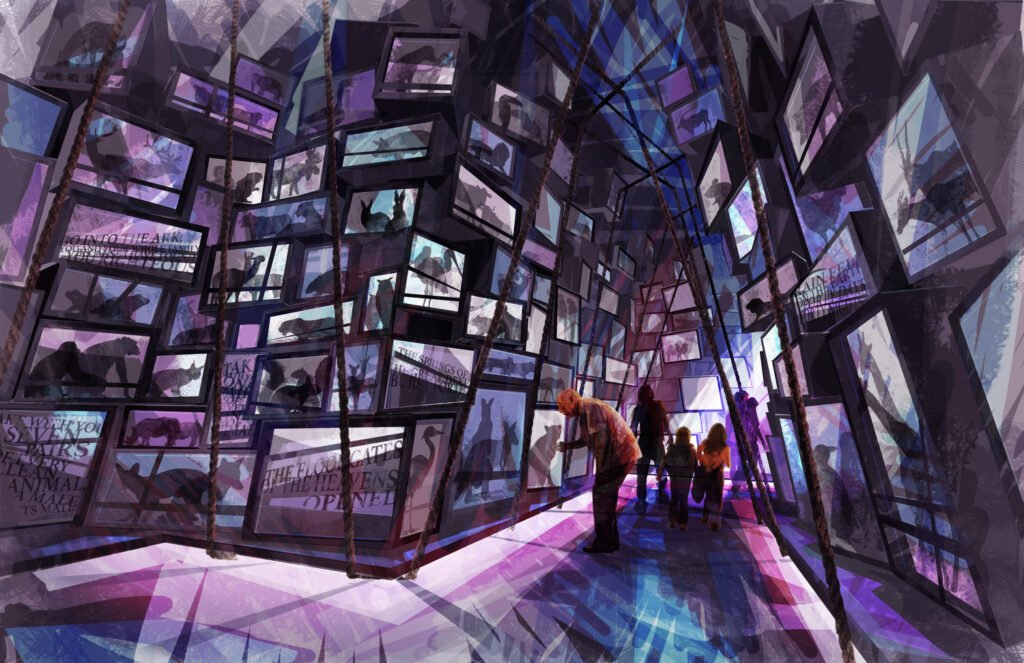
The narrative begins on the fourth floor, where visitors are introduced to the Bible’s historical context. Through engaging exhibits, they learn about the cultural and historical settings in which the various books of the Bible were written. The museum employs multimedia displays, interactive maps, and archaeological artifacts to transport visitors back in time, fostering a deeper appreciation for the roots of the biblical narrative.

Moving through the museum, visitors encounter the Impact of the Bible section, which highlights the profound influence of the Bible on art, literature, music, and culture. Rare manuscripts, illuminated Bibles, and art inspired by biblical themes are on display, showcasing how the Bible has shaped human creativity over centuries.
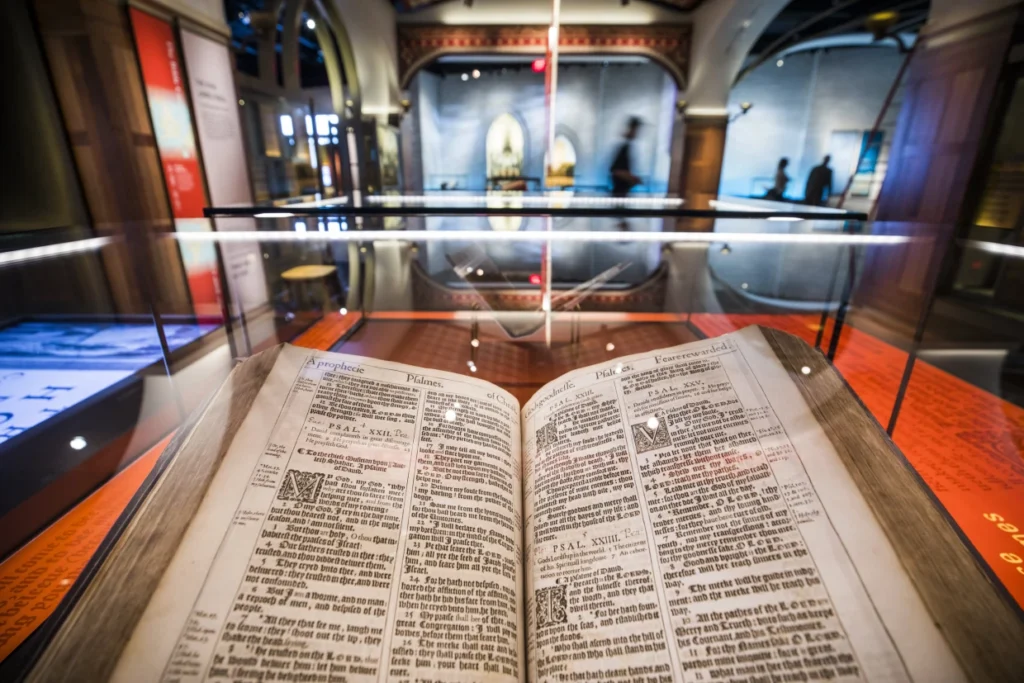
One of the museum’s standout attractions is the World of Jesus of Nazareth exhibit. Here, visitors step into a recreation of a first-century village, complete with market stalls, homes, and a synagogue. The immersive experience allows visitors to gain insights into the daily life of the time, offering a tangible connection to the world in which Jesus lived and preached.
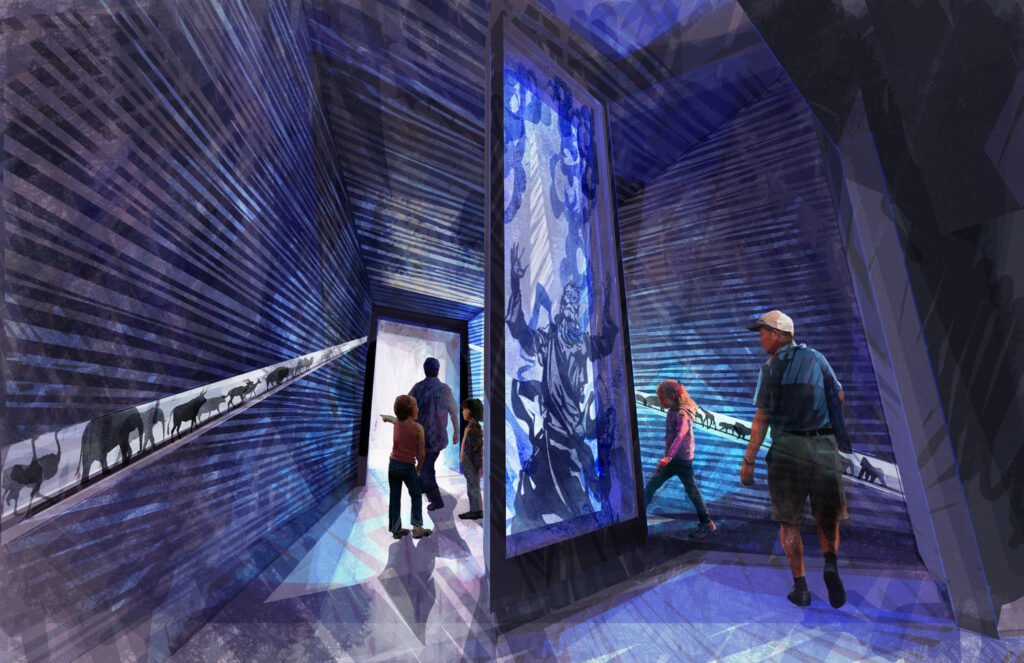
The museum’s commitment to education is evident in its emphasis on scholarship and research. The Scholars Initiative, a collaborative effort with leading academic institutions, supports research and publications related to the Bible. This commitment to intellectual rigor is reflected in the museum’s scholarly approach to its exhibits, ensuring accuracy and authenticity in the portrayal of biblical history.
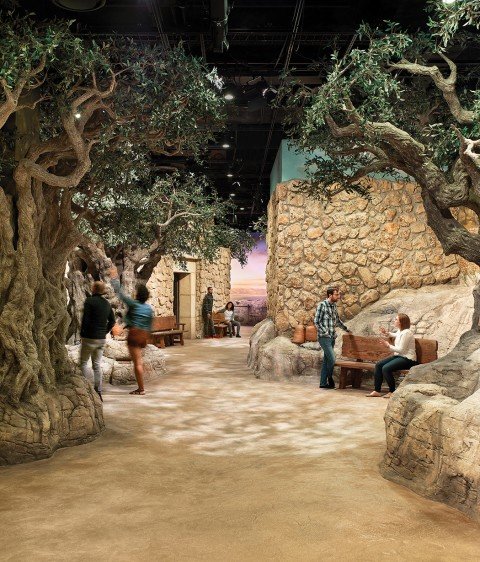
For those fascinated by the intricate details of biblical text, the Impact of the Bible floor houses a vast collection of rare and ancient manuscripts. From fragments of the Dead Sea Scrolls to early translations of the Bible, this section offers a glimpse into the meticulous process of preserving and transmitting the sacred text through the ages.

A unique feature of the Museum of the Bible is its state-of-the-art technology integration. Interactive touchscreens, augmented reality displays, and immersive multimedia experiences enhance the traditional museum visit, appealing to a diverse audience, including younger generations. The aim is to make the Bible’s narrative accessible and engaging, fostering a deeper understanding among visitors of all ages and backgrounds.
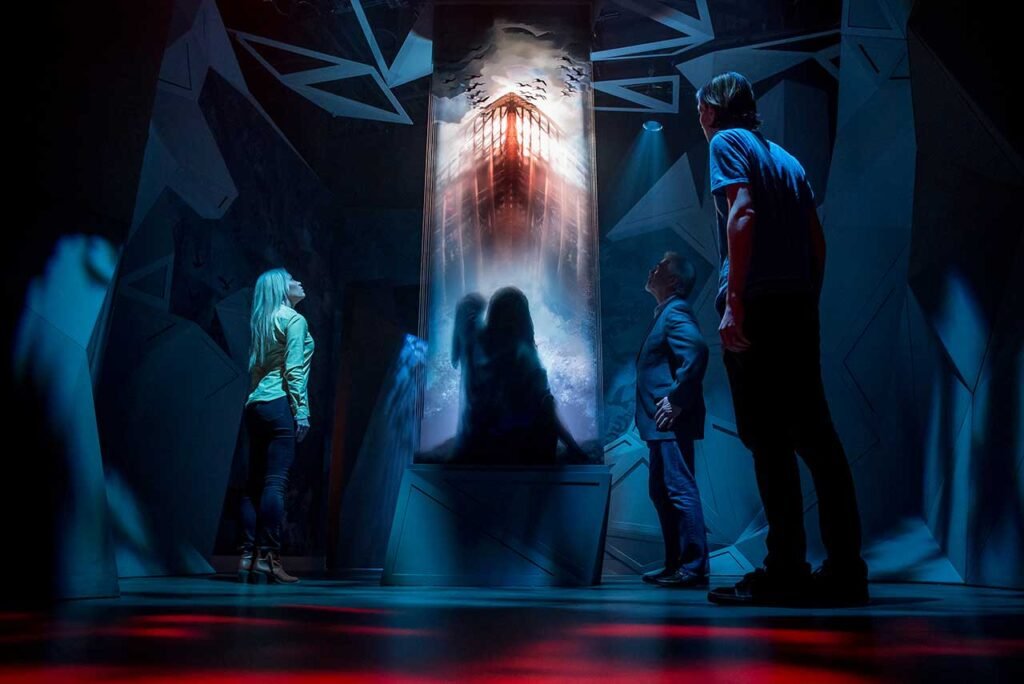
The museum also includes a performing arts theater, hosting a variety of events such as concerts, lectures, and theatrical performances. This dynamic space adds another layer to the museum’s mission, providing a platform for the exploration of the Bible’s cultural impact beyond traditional exhibits.
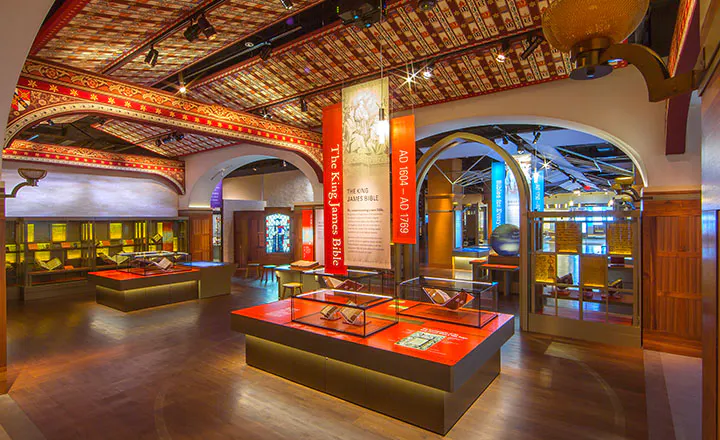
The Museum of the Bible is not without its share of controversy. In its early years, questions were raised about the provenance of some artifacts in its collection, leading to investigations and subsequent repatriation of certain items. The museum has since taken steps to ensure transparency and adherence to ethical standards in its acquisitions, underscoring the importance of responsible curation.
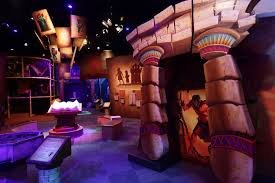
As visitors reach the lower levels of the museum, they encounter the narrative of the Bible’s transmission and translation. The story of how the Bible has been translated into numerous languages, becoming a global and multilingual text, is explored through exhibits showcasing ancient manuscripts, early printed Bibles, and the work of translators throughout history.
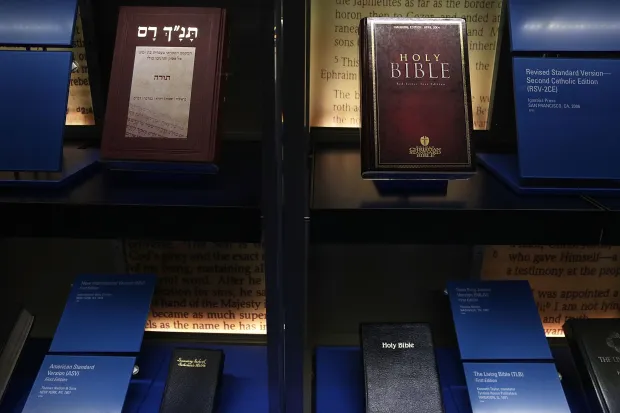
The museum also houses a vibrant and diverse collection of Bibles from around the world, representing different cultures and traditions. From illuminated manuscripts to intricately decorated covers, these artifacts showcase the creativity and reverence with which communities have approached the sacred text.
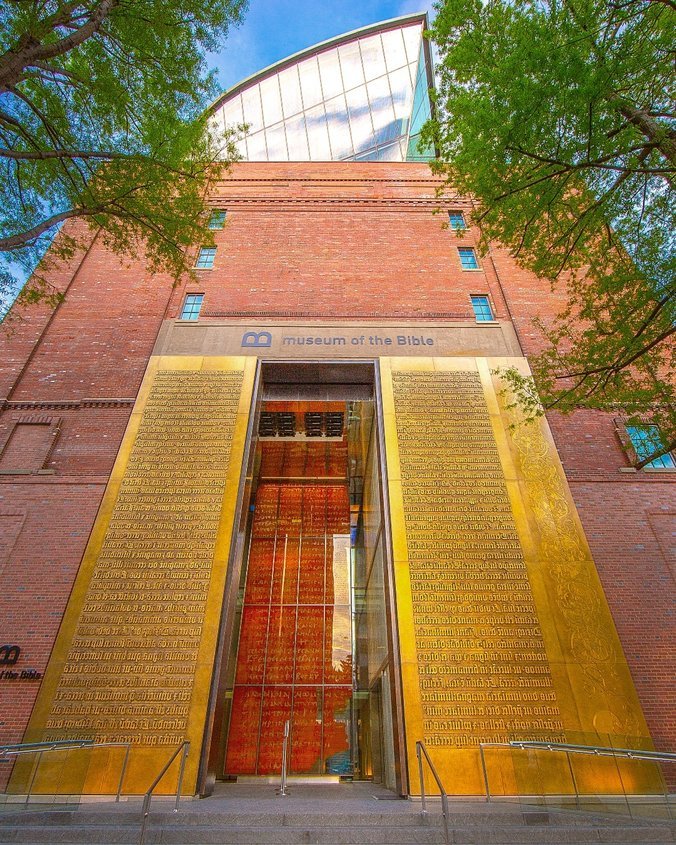
The journey through the Museum of the Bible concludes with the Impact Today exhibit, exploring the contemporary relevance of the Bible. Through interactive displays and testimonials, visitors witness the ongoing influence of the Bible on individuals, communities, and societal values. The museum encourages reflection on the enduring impact of the Bible in shaping ethical and moral perspectives in the modern world.
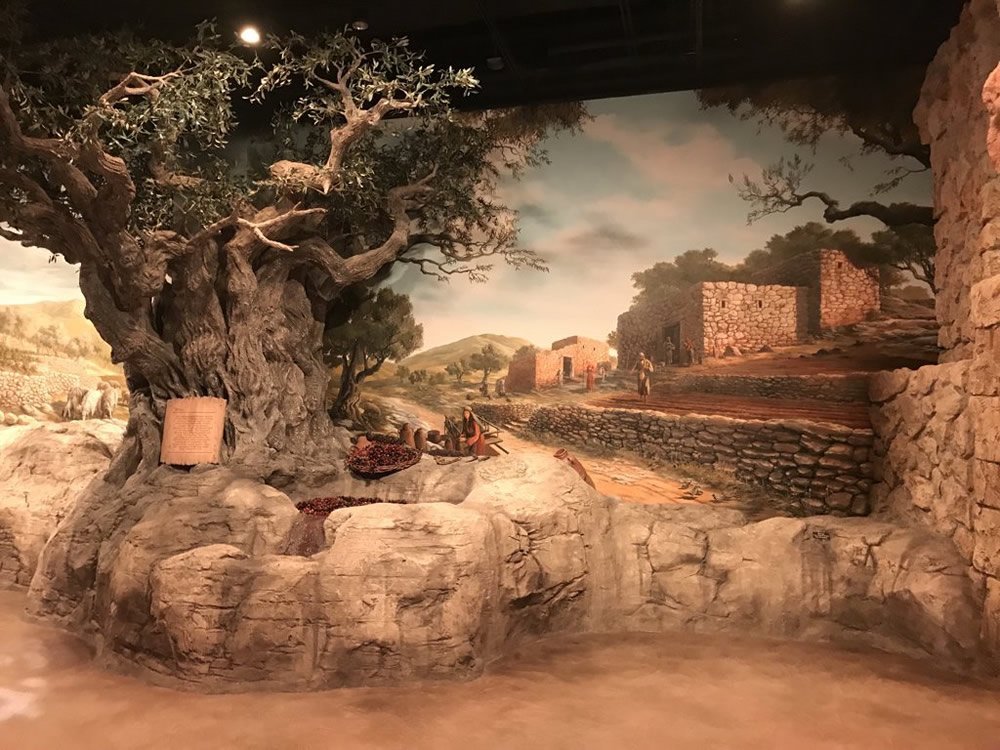
In addition to its permanent exhibits, the museum hosts temporary exhibitions, keeping its offerings fresh and engaging for returning visitors. These special exhibits delve into specific themes, periods, or artistic interpretations related to the Bible, providing an ever-evolving experience for those eager to explore new facets of this ancient text.
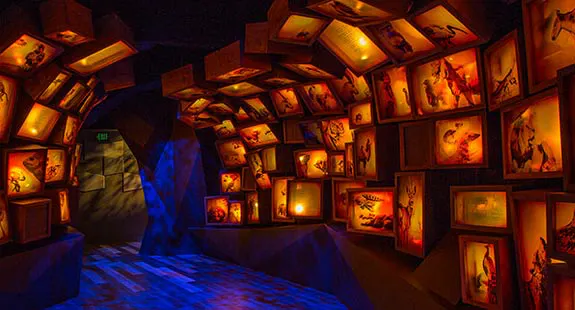
The Museum of the Bible has become a prominent cultural institution in Washington, D.C., drawing visitors from diverse backgrounds and beliefs. Its commitment to scholarship, technology, and interactive experiences sets it apart as a modern and forward-thinking institution dedicated to preserving and promoting the cultural heritage of the Bible.
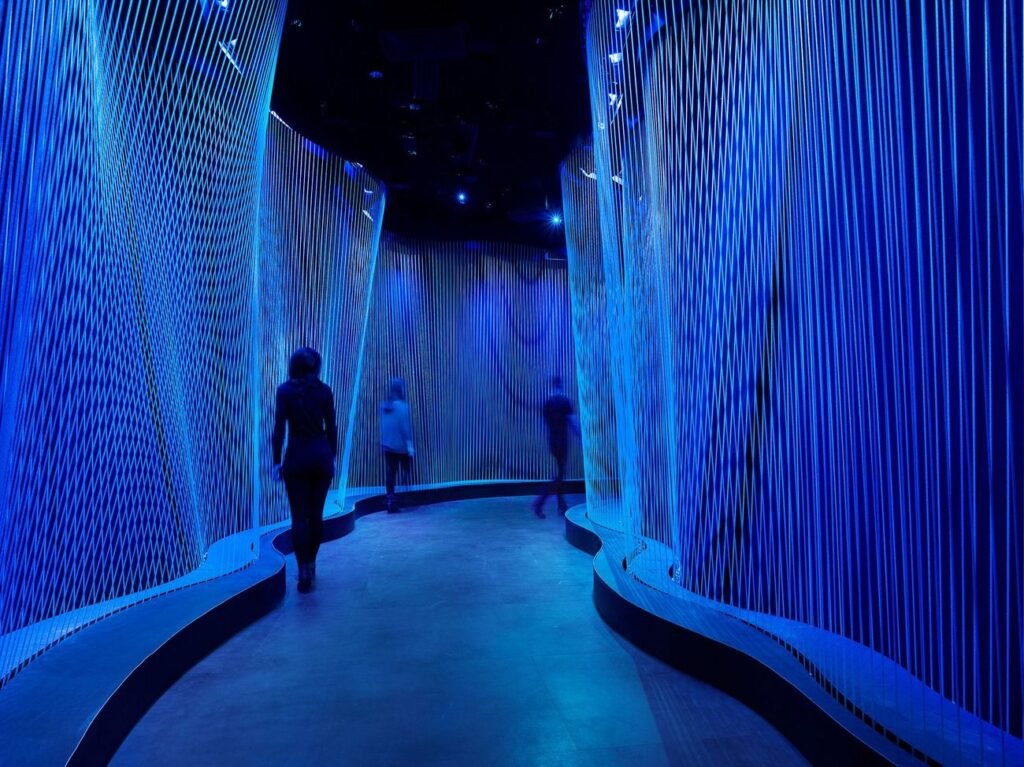
In conclusion, the Museum of the Bible in Washington, D.C., offers a captivating and multifaceted exploration of the Bible’s historical, cultural, and literary significance. Through its innovative exhibits, cutting-edge technology, and commitment to education, the museum provides visitors with a unique and immersive experience that transcends traditional museum-going. As a testament to the enduring influence of the Bible, this institution stands as a beacon, inviting individuals of all backgrounds to engage with the rich tapestry of one of the world’s most influential texts.















